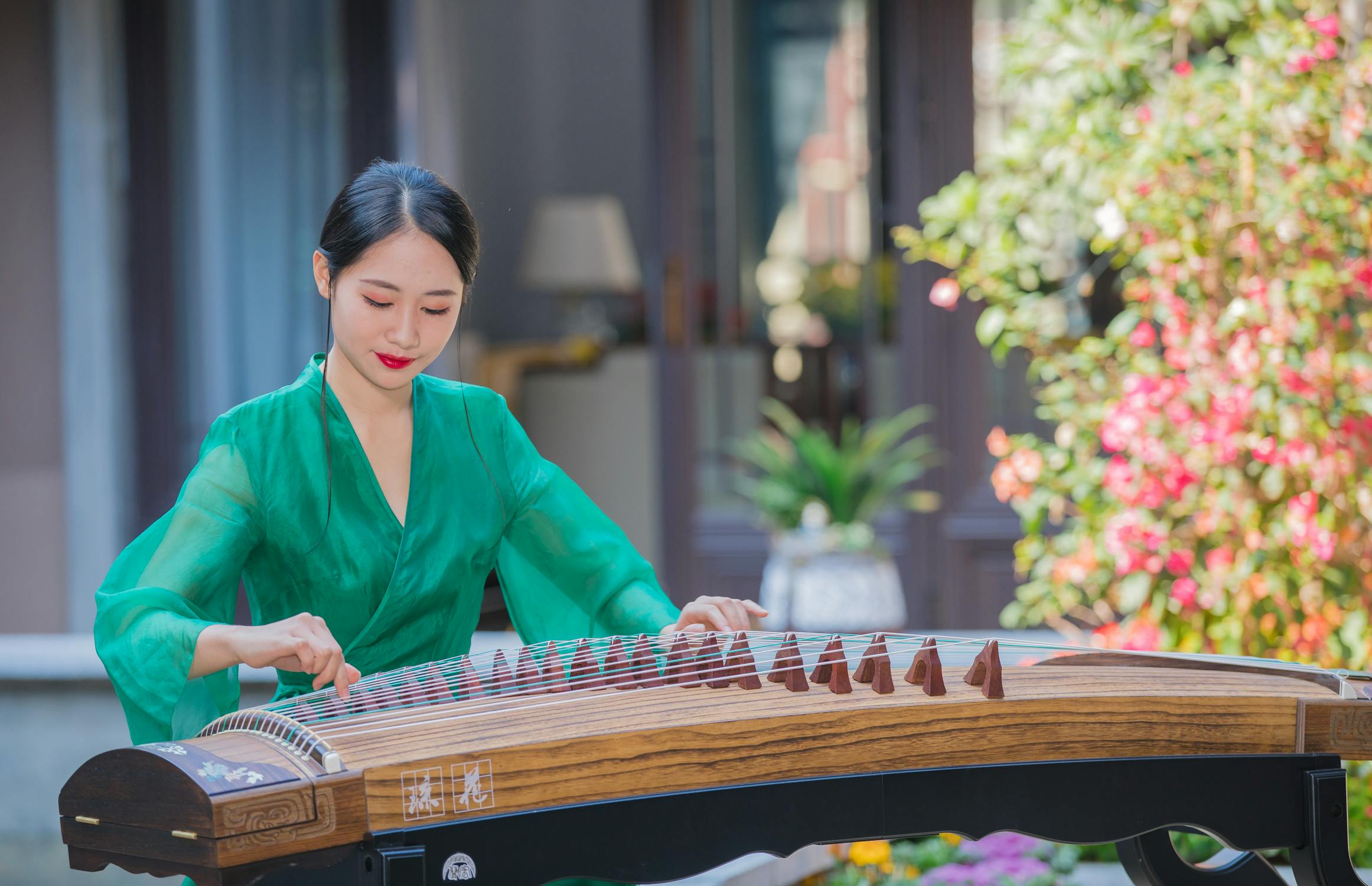The Evolution of Traditional Chinese Music in Modern Times

P
eeling back the layers of China's rich cultural tapestry, one is immediately struck by the profound shifts that have occurred within its musical landscape. This article aims to unravel the intricate journey of traditional Chinese music, tracing its metamorphosis over centuries and its subsequent integration into modern melodies. From the grandeur of ancient court music to the infectious rhythms of contemporary pop, we delve into how traditional elements have been both preserved and transformed, thereby contributing to China's vibrant sonic identity. So, let us embark on this fascinating journey through time, gaining a deeper understanding of the evolution of China's musical heritage in the face of relentless modernity.
Traditional Chinese music has its roots firmly planted in antiquity, with historical records dating back to the Zhou Dynasty (1122-256 BC). This period saw the emergence of 'Yayue', a form of ceremonial court music that was considered a symbol of royal authority and societal order. However, as dynasties rose and fell, so too did the musical preferences of the era. The Tang Dynasty (618-907 AD), for instance, was renowned for its cosmopolitan culture and openness to foreign influences, which led to a fusion of indigenous melodies with those from Central Asia and Persia.
Fast forward to the 20th century, and one can observe a seismic shift in China's musical landscape. The advent of Western classical music brought about a new era of hybridization. Traditional Chinese instruments like the guzheng (zither), pipa (lute), and erhu (two-stringed fiddle) were incorporated into orchestras alongside violins and cellos. This East-meets-West approach resulted in a unique soundscape that retained traditional tonalities while embracing Western harmonies.
The rise of popular music in post-revolutionary China further accelerated this process of evolution. Influenced by genres such as rock, pop, and hip-hop from the West, Chinese musicians began to experiment with new forms and styles. Yet, despite these modern influences, many artists chose to retain elements of traditional music in their compositions, creating a distinctive blend of old and new.
Today, this fusion of traditional Chinese music with contemporary genres is evident in the works of many popular artists. For instance, singer-songwriter Jay Chou is renowned for his 'Zhongguo Feng' (Chinese style) music that combines pop, R&B, and hip-hop with traditional Chinese melodies and instruments. Similarly, the rock band Hanggai has gained international acclaim for their unique blend of Mongolian folk music with modern rock elements.
However, it's not just in popular music that this fusion is occurring. Even in the realm of classical music, composers like Tan Dun and Chen Qigang are making waves by incorporating traditional Chinese elements into their symphonies and operas. This trend signifies a growing appreciation for China's rich musical heritage and its potential to enrich modern compositions.
As we reflect on the evolution of traditional Chinese music in modern times, it becomes clear that this journey has been one of both preservation and transformation. Despite the influx of foreign influences and the relentless march of modernity, traditional Chinese music has managed to retain its unique identity. At the same time, it has evolved and adapted to the changing tastes and preferences of each era.
This dynamic interplay between tradition and modernity has resulted in a vibrant musical landscape that is as diverse as it is unique. It serves as a testament to China's rich cultural heritage and its ability to adapt and innovate in the face of change. As we move forward into the future, one can only anticipate with excitement what new forms and styles will emerge from this ongoing process of musical evolution.
In essence, the story of traditional Chinese music's evolution in modern times is a tale of resilience and innovation. It reflects China's cultural dynamism and its ability to embrace change while staying true to its roots. As we continue to witness this fascinating interplay of old and new, one thing is certain: the future of Chinese music promises to be as rich and diverse as its past.
This article was generated by AI